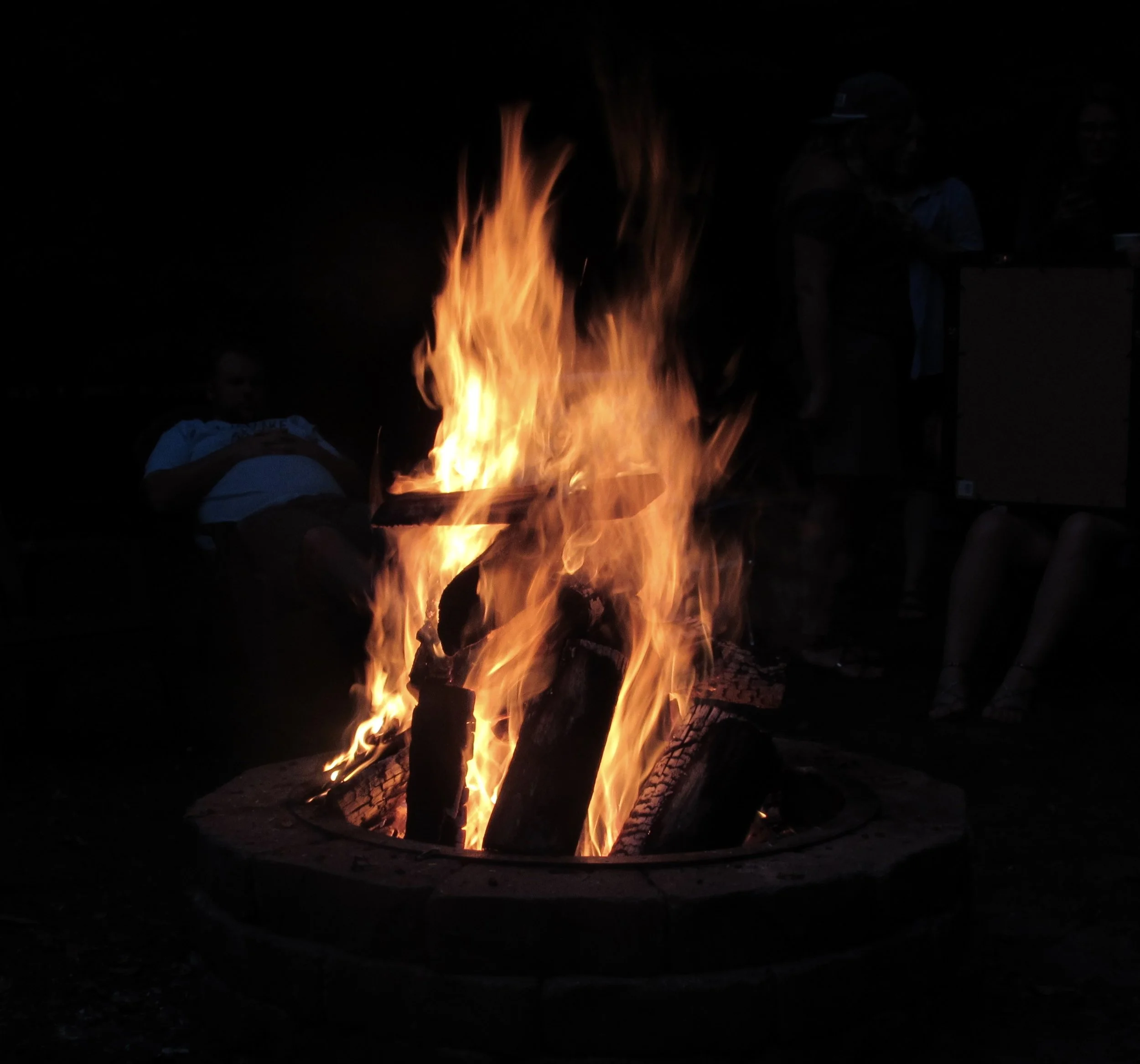Potential Applications of Social Media and Social Networking in Local Disaster Response
I’ve written before on the relevance of social media and social networking to emergency response communications. Partly I’m just reflecting what I’ve seen happening in emergencies as diverse as Katrina and Virginia Tech.
People use the tools available to them when a crisis hits. Increasingly these tools include blogs, text messaging, and social networking systems such as Facebook. The use of such communication tools in disaster and emergency situations is evidence of an obvious fact: the people most involved in an emergency are going to communicate about it. The question is, how can those in an official capacity take advantage of these communication channels?
Organizations such as the American Red Cross, with its blogs and its experiments with Twitter, certainly seem to be “getting the social media message.” Consultant W. David Stephenson has written about the need for a networked terrorism and disaster response strategy. Plus, we now have none other than Secretary Michael Chertoff blogging on a regular basis from the U.S. Department of Homeland Security.
All this seems to bode well for an embrace of social media into planning and delivery of emergency related services. Still, I’m finding that we still have a very long way to go before such methods become truly accepted. In my opinion, resistance by some to incorporating social media and social networking into emergency response communications is partly due to ignorance, partly due to a clash of management cultures, and partly due to a simple lack of understanding of the situations where social media do or don’t make sense.
To help explore the different situations where social media and social networking might make sense at the local level, I’ve examined a group of press releases published by FEMA via its RSS feed on October 22, 2007. Selected news releases are listed at the left of the table below. On the right I’ve listed possible examples of applications of social media and social networking. Examples of suggested applications include:
- Use blogs to rapidly publicize assistance grants.
- Create geo-tagged photo groups to document damage.
- Publicize volunteers willing to share recovery-relevant expertise.
- Use map based mashups to display relevant local information.
- Immediately share “lessons learned.”
- Integrate volunteer directories with social networks to simplify information sharing.
- Distribute weather information via methods that support geographic targeting.
- Encourage sharing of resource information among corporations that will most likely be involved in recovery work.
- Use assistance application process as basis for voluntary sharing of information among affected populations.
I’ve created most of these examples to stimulate discussion. If you have comments or suggestions about these ideas, please leave a comment below the table or send me an email at ddmcd@yahoo.com. Thanks!
FEMA NEWS ITEM
POTENTIAL SOCIAL MEDIA APPLICATIONS
Three Counties Added for Public Assistance. ROCKFORD, Ill. — The Federal Emergency Management Agency (FEMA) announced on Oct. 19 that it is providing assistance to Cook, Knox and Warren counties to help pay for emergency services and to repair or replace public facilities damaged by the Aug. 20-31 severe storms and flooding.
- Establish a blog to help answer questions about eligibility andto rapidly publish details of assistance grants.
- Create a public registry of photos of physically damaged property with geographic tagging.
Don’t Delay! One Week Left To Register With FEMA & THE SBA. WACO, Texas — Only one week remains to register for assistance for Texans affected by severe storms and flooding, June 16-August 3. Recovery officials urge homeowners, renters, business owners, and private non-profits who sustained losses to register for assistance now, if they have not already done so.
- Publicize the names of individuals who have already registered and who are willing to volunteer to help answer questions about the process.
- Display information about geographic location of those who have registered for relief via “mashups” that combine addresses of registrants with a graphically displayed interactive map.
Volunteering. Volunteering through an organization provides a better chance of insurance and liability protection. There are many tasks to do after a disaster - cleaning up and rebuilding are two of the biggest. Both voluntary agencies and the local government may be aware of opportunities for volunteer labor in the long and difficult recovery phase.
- Make sure existing volunteer systems can accommodate stresses and volumes generated by emergency situations.
- Add “social networking” capabilities to these registries to allow listed people to communicate with each other in theevent of an emergency.
- Immediately following an emergency use a dedicated social network with geographic and skill tagging to create a public group of volunteers accompanied by descriptions of special skills and expertise.
Garvin County Added to Presidential Disaster Declaration for Oklahoma. OKLAHOMA CITY, Okla. — The Oklahoma Department of Emergency Management (OEM) and the Federal Emergency Management Agency (FEMA) announced today that Garvin county has been approved for public disaster assistance. The Presidential Disaster Declaration is the result of damages from the severe storms, flooding, and tornadoes that occurred May 24 thru June 1.
- Make sure that both disaster assistance registration systems and volunteer coordination systems can be expanded rapidly to incorporate additional geographic areas as disaster declarations are made.
$1.6 Million in Disaster Aid Helping Vermont Communities. BERLIN, Vt. — Since the August 3rd federal disaster declaration that Vermont received in response to the July 9-11th storm, a total of $1.6Million has been obligated by FEMA to fund more than 200 Public Assistance projects so far…
- Use blogging software to rapidly create and update directories of Public Assistance projects.
- Encourage participants to post information about recovery experiences so that “lessons learned” are available immediately to others experiencing similar problems.
Protect Your Family in the Event of Dangerous Weather. The Federal Emergency Management Agency (FEMA) is closely monitoring a line of severe storms that are tracking eastward across the United States. FEMA continues to coordinate with state and local governments and stand ready to support if needed.
- Distribute weather information in affected areas via geographically targeted cell phone messaging, Twitter type networks, and social networks such as Facebook that incorporate geographically defined sub-networks.
- Make sure when publishing web based press releases aimed at providing citizen information that explicit web links are provided for key concepts such as “warning signs,” “emergency supply kits,” and “NOAA Weather Radio.”
FEMA Mitigation Experts Moving Locations in Bexar County. WACO, Texas — Mitigation experts from the Federal Emergency Management Agency (FEMA) relocated from the Home Depot at 527 Fair Ave. in San Antonio to the Wal-Mart at 8923 W. Military Dr. in San Antonio yesterday, Oct. 17 to provide information about disaster-resistant building practices. Information provided by FEMA’s mitigation experts will include:
- Encourage private-sector organizations such as Wal-Mart and Home Depot, which are known in advance to provide post emergency resources, to establish standard procedures for sharing web based recovery information in impacted areas.
- Investigate ways of providing local officials with aggregated supply chain information regarding resource availability essentials such as water, lumber, and food.
Mobile Disaster Recovery Center Returns To Taylor County. Waco, Texas — The Department of Homeland Security’s Federal Emergency Management Agency (FEMA) and the Texas Governor’s Division of Emergency Management (GDEM) announced that a Mobile Disaster Recovery Center (MDRC) will return to Taylor County from Friday, October 19 through Monday, October 22 in an ongoing effort to serve those affected by Tropical Storm Erin, August 14-20.
- Disaster assistance can be applied for in person at a MDRC or via telephone or online. In situations where there is much population displacement and an extended recovery period, would it be possible to employ social media and social networking tools to make the recovery assistance process more open and transparent?
- By doing so, would this promote an increase in the level of trust and confidence of affected populations?
Copyright (c) 2007 by Dennis D. McDonald



